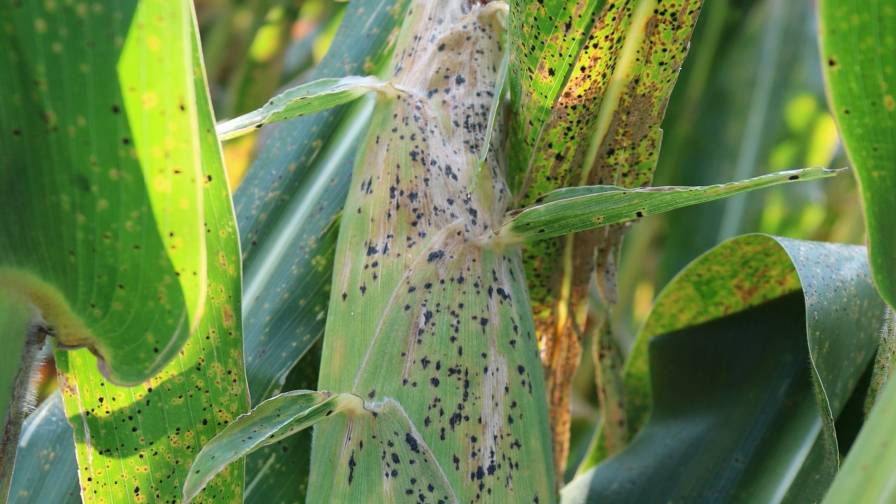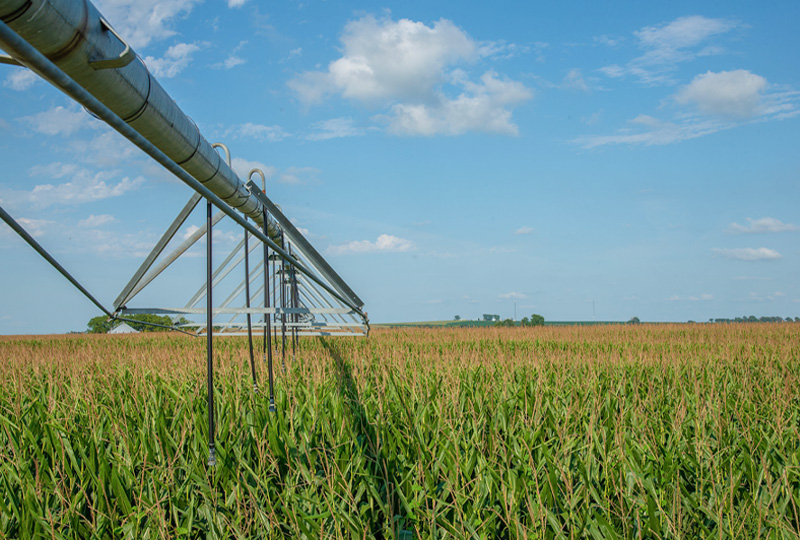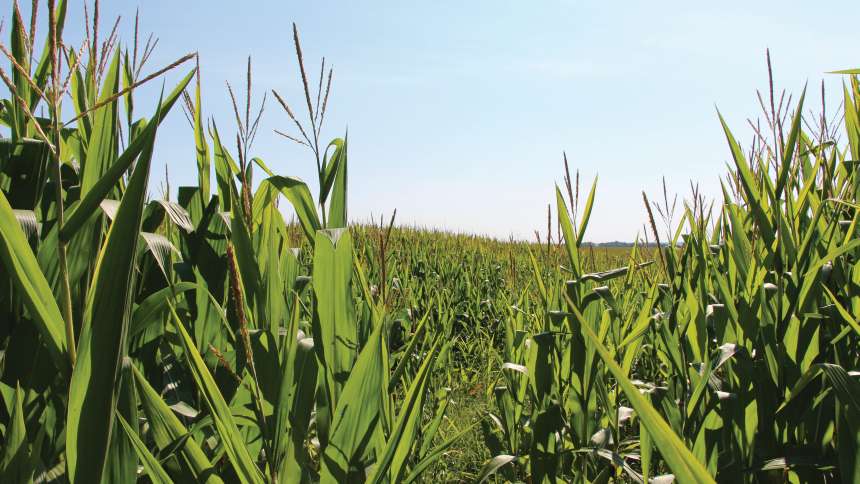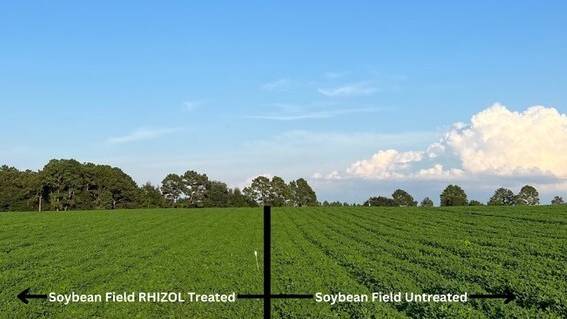USDA Study: Glyphosate Application More Prevalent In Soybeans Than Corn
Glyphosate—known by many trade names, including Roundup—has been the most widely used pesticide in the United States since 2001. It effectively controls many weed species, and it generally costs less than the herbicides it replaced. Crop producers can spray entire fields planted with genetically engineered, glyphosate-tolerant (GT) varieties of corn, cotton, soybeans, and other crops, killing the weeds but not the crops. This practice makes it easier to manage weeds using less tillage, which can help reduce soil erosion as well as improve soil quality and water conservation.
However, glyphosate is becoming less effective as weed resistance mounts—14 glyphosate-resistant (GR) weed species have been documented in U.S. crop-production areas. GR weeds can reduce crop yields and increase weed-control costs, and recent surveys suggest that the amount of affected cropland is increasing.
Sole reliance on glyphosate by many producers is believed to be the primary factor in the evolution of weed resistance to glyphosate. Using glyphosate as the only weed control tactic can select for resistance to this herbicide by controlling susceptible weeds while allowing more resistant weeds to survive, propagate, and spread. Using herbicides with different mechanisms of action, however, and rotating their use over time can result in fewer herbicide-resistant weeds. This feature discusses the role of current herbicide use patterns in the evolution of glyphosate-resistant weeds, the effects of glyphosate-resistant weeds and resistance management on returns to corn and soybean production, and incentives to encourage resistance management.
Glyphosate Use Is More Widespread in Soybean Production Than in Corn Production
Since the commercial introduction of GT crops in 1996, U.S. producers have planted GT varieties and applied glyphosate on more soybean acres than corn acres. The proportion of acreage planted with herbicide-tolerant (primarily GT) varieties reached 93% for soybeans and 85% for corn in 2013. The share of soybean acres treated with glyphosate (alone or with other herbicides) increased from 25% in 1996 to more than 90% in 2006-2012, while the share of corn acres treated increased steadily from 4% of acres in 1996 to 73% in 2010, as the use of other herbicides decreased. While a greater quantity of herbicide active ingredient was applied to corn than to soybeans, herbicides other than glyphosate accounted for the majority of the herbicide applied to corn. As a result of these differences in herbicide use patterns, more glyphosate (in pounds of active ingredient) was applied to soybean fields than to corn fields. Further, tillage—which controls weeds without promoting herbicide resistance—was used on a greater percentage of corn than soybean acreage, whereas no-till was used on a greater percentage of soybean acreage.
Read the full story on the USDA ERS site here.






